Today marks the start of a series of background primers to introduce readers to the historical setting of Aelita’s War and the first novel in the series, Sparrow Squadron. While I’ve written this with people who have little knowledge of this time period in mind, I invite those with more knowledge to take a look and give feedback. It’s not easy to squeeze an immense amount of complex history into a series of short blog posts!
An edited version of this primer will appear in the published novels (i.e. minus the lengthy preamble and the pictures with snarky commentary.)
For the first post, I wanted to introduce you to life in Aelita’s home country, the Soviet Union, before the war, but I didn’t think I could do that without talking about how it came to be.
Once upon a time, I decided to retire from my dayjob after a bit of success on a game show. Long story. I knew I wanted to write, I knew I loved history but I wasn’t really sure what to do with that, so I decided to take some history classes at the nearby university. Because I was doing this for fun, I actually showed up to all the tutorial discussion sessions.
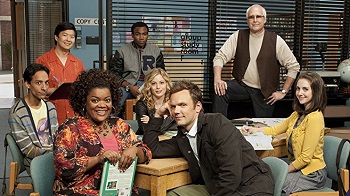
In the very first session, I got an eye-opening experience as the topic turned to the Cold War and the repressive systems of government in the Eastern Bloc. A number of students a good decade younger than I started asking, If things were so bad, why didn’t people just leave? The teaching assistant and I struggled to explain countries where communist regimes suppressed dissent and controlled the movement of its people. It was a reminder that even within my short lifetime, what had seemed so obvious to a child growing up in fear of nuclear annihilation could be completely foreign to those born just a few years later.
I take this lesson to heart in my writing. I don’t assume that readers will have the same knowledge of history or even the same views on that knowledge. I wrote Sparrow Squadron with that in mind. In case I didn’t succeed, or if readers are interested in learning more about the novel’s setting, here’s an introduction to the world in which Aelita grew up, starting with….
The Russian Revolution
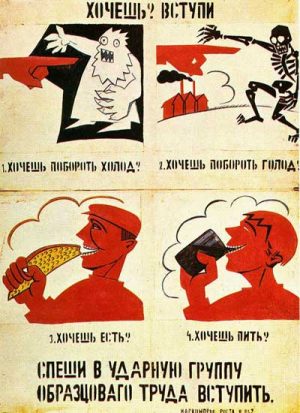
By the beginning of the 20th century, the Russian Empire was a powderkeg of discontent against the ruling czar. The economy strained to industrialize and catch up to the other European powers. Its vast population of peasants struggled to survive these changes after generations of servitude under the nobles. Meanwhile conservative factions tried to keep peasant freedoms in check. Any opposition to the ruling class was violently suppressed.
In 1914, Russia was drawn into what would become World War I, and it proved disastrous for the empire. In 1917, after a string of defeats followed by bloody stalemate, millions of deaths and food shortages at home, soldiers and civilians alike rose up in rebellion. They overthrew three hundred years of rule under the czars. After a struggle between revolutionary factions and a civil war against czarist forces, the Bolshevik faction, under Vladimir Lenin, came to power.
The Bolsheviks united the remnants of the Russian Empire into an entirely new kind of country, the Soviet Union. Bolsheviks believed in communism, that all property should be owned collectively by the people, that the working class should control the government and that the state should tightly control the economy and many aspects of daily life. The term “Soviet” refers to the local councils set up to manage things in the wake of the Revolution. Opposed by Western governments fearing the spread of communism, Bolsheviks instituted a police state to root out and destroy all enemies, real and imagined, within this new nation.
The Rise of Stalin
With Lenin’s death in 1924, his ruthless deputy, Josef Stalin, took the reins of power. He transformed the state, placing it under his complete personal domination, using secret police, networks of informers and a pitiless bureaucracy to maintain his control.

Stalin instituted a rapid and brutal drive to industrialize the country in an attempt to catch up with the Western powers. The nation felt constantly on the edge of war, surrounded by enemies that sought to roll back the revolution. The main threat came from Adolf Hitler’s newly established Nazi Germany. Hitler viewed the Slavic people who made up most of the Soviet Union as inferiors, taking up valuable living space that would better serve his “master race.”
Through most of the 1930’s Stalin’s cruel policies and purges of any elements of opposition resulted in millions of deaths. Forcing farmers off their lands and into state-run collective farms led to widespread famine in Ukraine and other agricultural regions. Millions were sent to forced labour camps to develop Siberia and the north. Thousands were simply executed. Even making the wrong type of joke could land someone in prison.
The Soviet Union was in a state of paranoia, ridden with corruption. Yet many of the people were also optimistic about the future. At the dawn of World War II, a whole generation had grown up under the Soviet system. They earnestly believed in the socialist ideals on which their new nation had been founded after rising up against the oppression of the czars. Whatever they suffered and sacrificed now was in the service of a greater good, to bring about equality and collective well-being for all people.
Further Reading
The education website ThoughtCo has a couple of succinct, informative articles on related topics. (For antiques like me, do you remember About.com? ThoughtCo is one of its successor sites.)
A Brief Introduction to the Russian Revolution of 1917
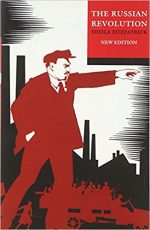
The Russian Revolution, by Sheila Fitzgerald was one of the textbooks assigned to me in that history class I mentioned at the start of this post. It remains one of the definitive accounts of a tumultuous time in Russian and Soviet history, covering roughly the time period I discuss in this post.
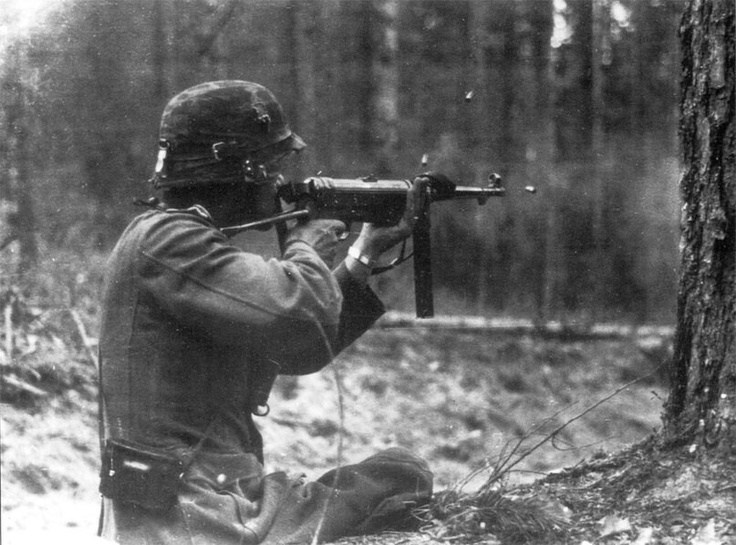
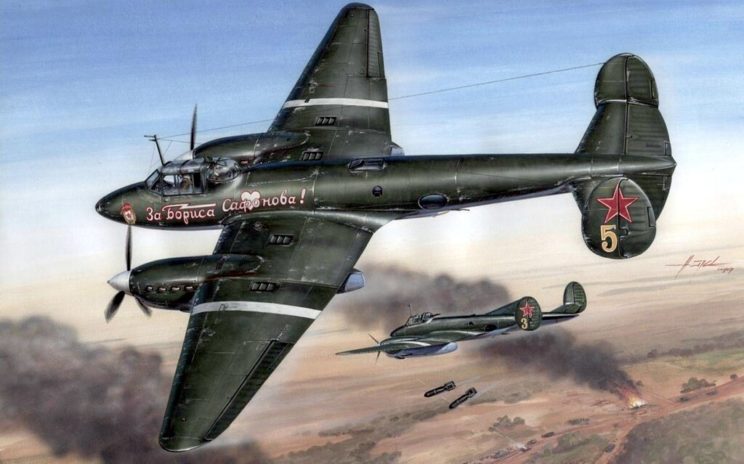
One thought on “Primer: The Russian Revolution and the Early Soviet Union”